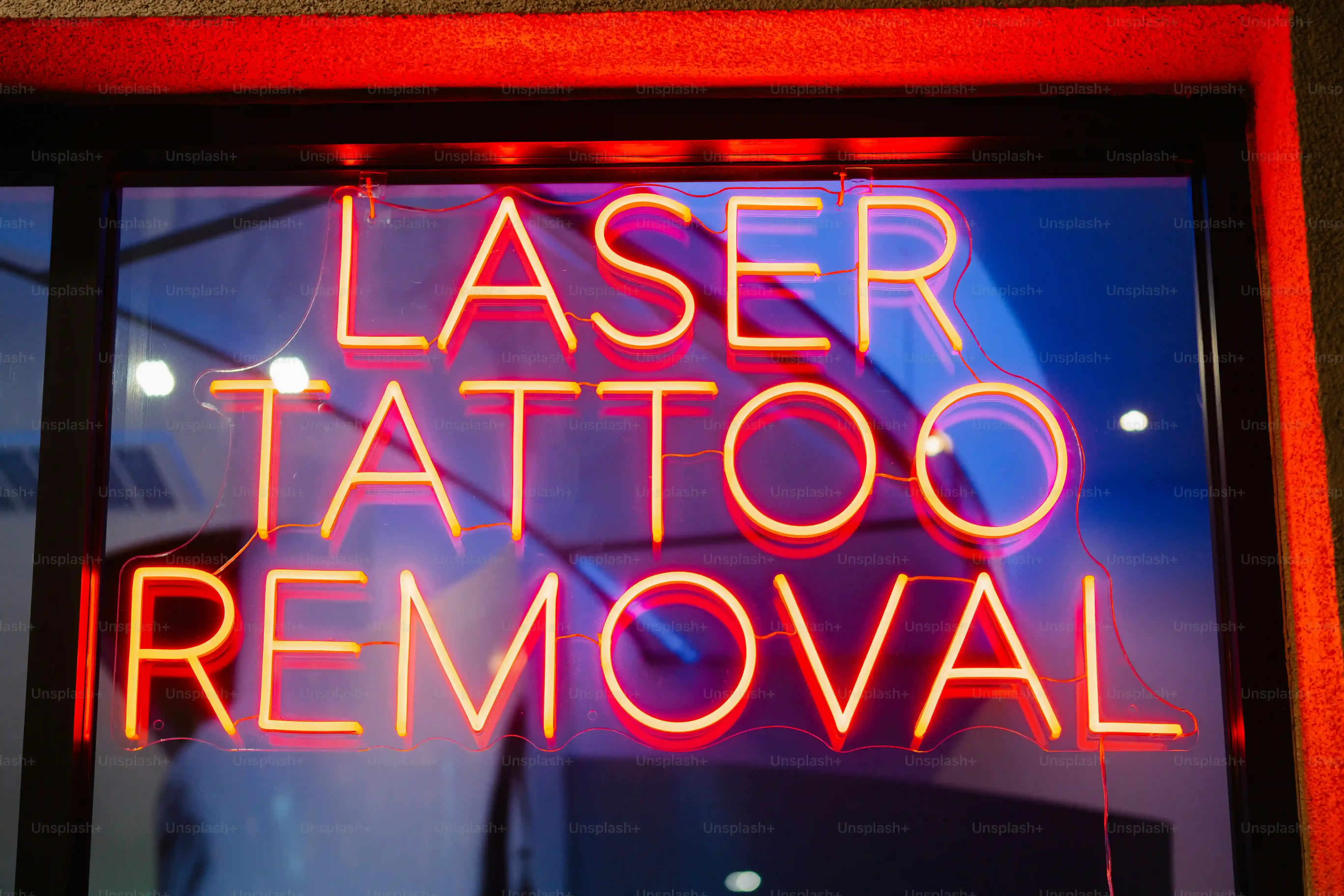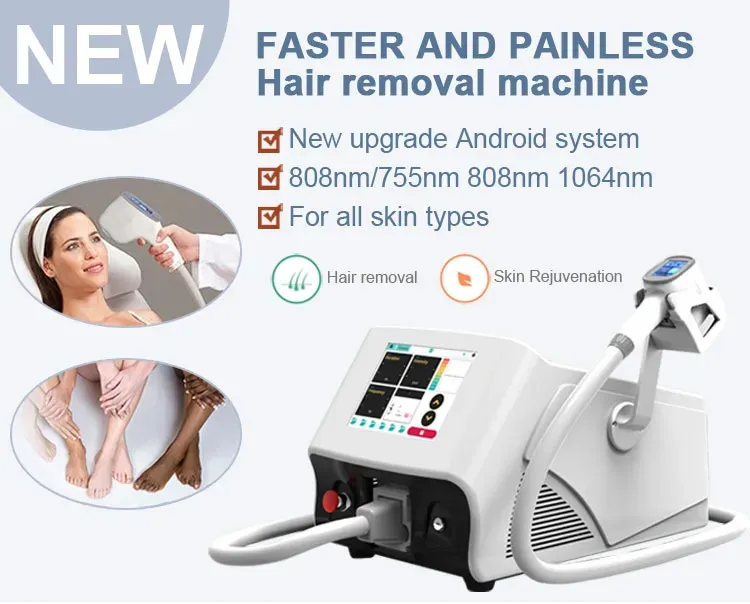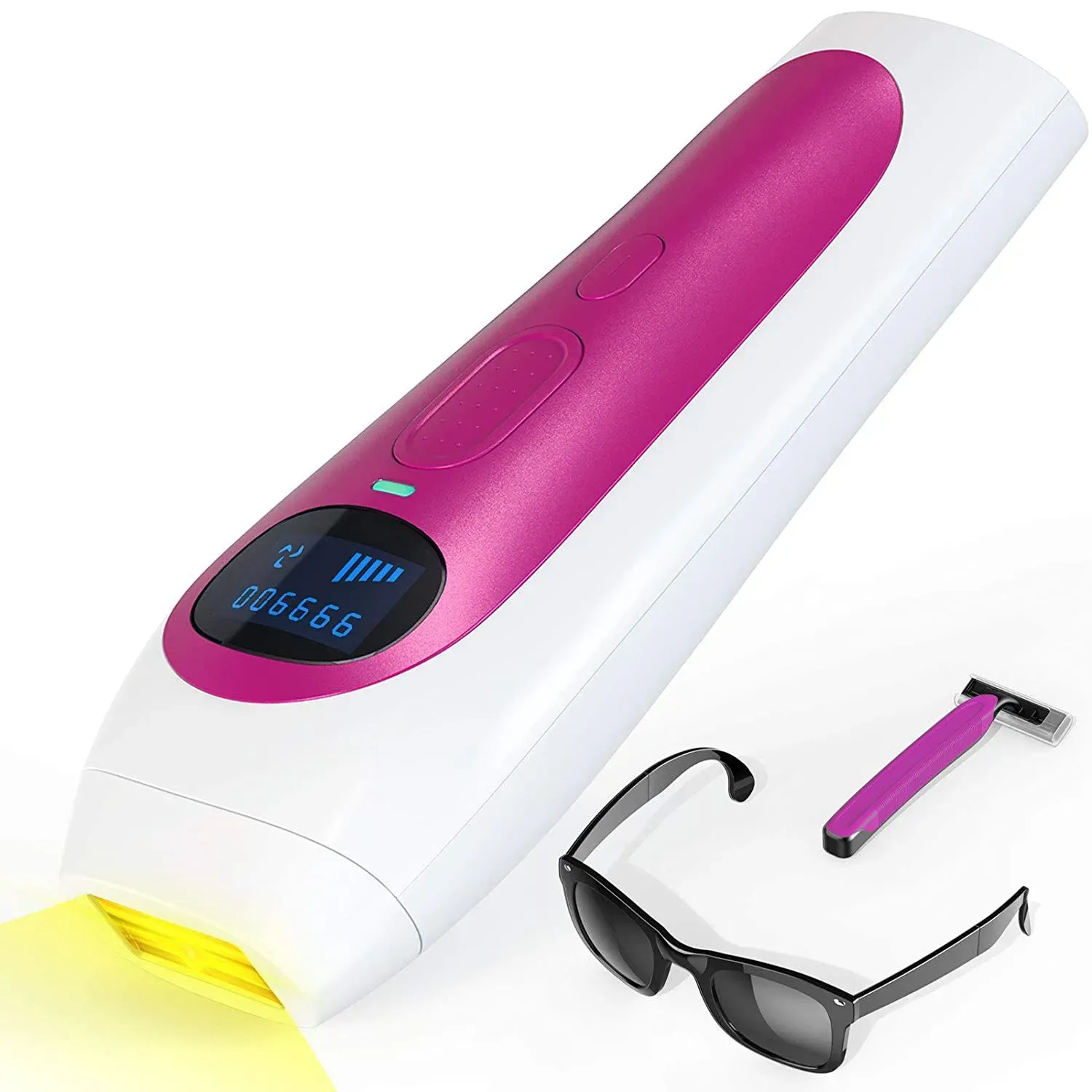Table of Contents
Tired of the endless cycle of shaving, waxing, or expensive salon visits? The promise of smooth, hair-free skin without breaking the bank sounds like a dream. You're not alone if you've stared down the aisle of at-home devices, wondering if any of them actually work or if they're just fancy gadgets gathering dust. Finding *cheap and best laser hair removal* options that deliver real results can feel like navigating a minefield of marketing hype and dubious claims.
What "Cheap and Best" Really Means for Laser Hair Removal

What "Cheap and Best" Really Means for Laser Hair Removal
Affordable Doesn't Mean Free
Let's be real. When we talk about *cheap and best laser hair removal*, we're not talking about pulling a device out of a cereal box. "Cheap" in this context means significantly less expensive than a full course of treatments at a professional clinic. Those can run into thousands of dollars depending on the area and the clinic's zip code. An at-home device might cost a few hundred bucks upfront. That's a considerable saving, but it's still an investment. It's about getting a good return on that investment in terms of hair reduction without draining your savings account.
Think of it less as "cheap" and more as "cost-effective." You're trading the convenience and power of a clinic-grade machine for the ability to do it on your own schedule, in your own bathroom, at a fraction of the per-session cost. The goal isn't instant, total hair removal after one go; it's gradual, noticeable reduction over time that saves you cash compared to endless waxing appointments or pricey clinical packages.
Defining "Best" in the At-Home World
Now, "best" is relative, especially when paired with "cheap." The "best" at-home device isn't going to replicate the power and precision of a professional laser used by a trained technician. Clinic lasers often use different wavelengths and higher energy levels, which is why they can tackle a wider range of skin tones and hair colors and often achieve faster results.
For at-home devices, "best" means it's effective and safe for *your* specific skin tone and hair color, it's reasonably comfortable to use, and it lasts a decent amount of time (measured by flashes). It's about finding the device that offers the most reliable hair reduction for its price point, minimizing side effects, and actually getting the job done over several months. It needs to be robust enough to handle regular use and deliver consistent energy pulses.
- What's your budget cap for an at-home device?
- How often do you realistically think you'll use it?
- What are your specific skin tone and hair color characteristics?
- Are you prioritizing speed or cost savings?
Balancing Cost and Real-World Results
The tricky part of finding *cheap and best laser hair removal* is managing expectations. You won't get clinic-level results overnight or possibly ever with an at-home device. These are designed for *reduction*, not necessarily permanent *elimination* for everyone. The results vary greatly from person to person based on biology, consistency of use, and the device's suitability for their specific hair and skin type.
A device that's incredibly cheap but barely reduces hair isn't "best." Conversely, a device that's highly effective but priced close to clinical treatments isn't "cheap." The sweet spot lies in a device that offers noticeable, worthwhile hair reduction at a price that feels genuinely affordable compared to the alternatives. It requires a bit of research to see which devices consistently get positive reviews for effectiveness among users with similar characteristics to your own, without costing an arm and a leg.
Key Features to Find the Best Cheap Laser Hair Removal Device

Key Features to Find the Best Cheap Laser Hair Removal Device
Understanding the Tech: IPL vs. "Laser" at Home
let's clear something up right away because the marketing can be a bit fuzzy. Most at-home devices you'll see, especially in the "cheap and best laser hair removal" category, aren't true lasers like the ones in clinics. They use Intense Pulsed Light (IPL). Think of it like a flashbulb that sends out multiple wavelengths of light, targeting the pigment in your hair. True lasers use a single, focused wavelength. IPL is generally less powerful but safer for home use without professional training. This is a critical point because IPL works best on specific combinations: typically light to medium skin tones with dark hair. If you have very dark skin or very light hair (blonde, red, gray), IPL likely won't be effective or could even be unsafe. Always, *always* check the skin tone chart provided with the device before you even think about buying it.
Different devices might have slightly different technologies or fancy names, but the core principle for most affordable options is IPL. This is why suitability for your specific hair and skin color is the absolute first filter. A device, no matter how cheap, is useless if the technology isn't designed for your biology. Some newer devices claim broader suitability, but always do your homework and read reviews from people with similar complexions.
Flashes, Intensity, and Comfort Features
Once you know a device's technology is suitable, look at the numbers. The total number of flashes a device can emit is basically its lifespan. More flashes mean the device will last longer, potentially covering more treatment areas or allowing for more touch-up sessions over the years. A device with only 50,000 flashes might seem cheap upfront, but if you need 10 sessions per area and treat multiple spots, you'll burn through those flashes fast and need to buy another device. Look for devices offering 200,000, 400,000, or even unlimited flashes if you can find them in your budget.
Intensity levels matter too. More levels give you more control and allow you to adjust the treatment based on the area and your comfort. Starting low is always recommended to see how your skin reacts. Some devices also include comfort features like cooling technology built into the head. This can make a huge difference in reducing discomfort, that little zap feeling, especially on more sensitive areas. While not strictly necessary for effectiveness, cooling can make you more likely to stick with the treatment plan, which is key for seeing results with any *cheap and best laser hair removal* method.
Feature | Why It Matters | What to Look For |
|---|---|---|
Technology (IPL/Laser) | Determines suitability for your skin/hair type. | Check the included skin/hair chart carefully. Ensure it matches *you*. |
Number of Flashes | Device lifespan. | 200,000+ is good; more is better for longevity. |
Intensity Levels | Customization and comfort. | Multiple levels (3+) allow for adjustment. |
Treatment Window Size | How quickly you can treat an area. | Larger windows for big areas (legs), smaller precision heads for face/bikini. |
Comfort Features (Cooling) | Reduces pain/discomfort. | Not essential for results, but improves user experience and consistency. |
Top Contenders: Reviewing Cheap and Best Laser Hair Removal Devices

Top Contenders: Reviewing Cheap and Best Laser Hair Removal Devices
The IPL Workhorses You See Everywhere
Alright, let's talk about the devices that consistently pop up when you search for *cheap and best laser hair removal*. You'll likely see names like Braun, Philips, and maybe some less familiar brands vying for your attention. The Braun Silk Expert series, particularly slightly older models or specific lines, often land in that sweet spot of relatively affordable yet generally effective. They usually boast high flash counts and decent intensity levels. They're the workhorses of the at-home IPL world. They aren't clinic lasers, remember, so don't expect to zap everything away in a week. But for many, they offer a solid path to noticeable hair reduction with consistent use. You're paying for a known quantity and generally reliable performance, assuming you fit the skin/hair profile.
Digging into Budget Brands and Key Specs
Beyond the big names, a host of other brands offer devices aiming squarely at the "cheap" end of the spectrum. Some of these might surprise you with features like integrated cooling or ergonomic designs. However, you really need to scrutinize the specs here. Look closely at the number of flashes advertised. Is it enough for the areas you want to treat over the recommended course of sessions and future touch-ups? Check if replacement cartridges are available or if it's a disposable unit once the flashes run out. Sometimes a lower upfront cost means a shorter lifespan or hidden costs down the line. It pays to do a little digging beyond the flashy headlines. For instance, you might find detailed comparisons and user feedback on sites like hairawaybylaser.com to help cut through the marketing speak.
- Does the device use IPL or a true laser (most affordable are IPL)?
- Is your skin tone and hair color compatible with the device's technology?
- How many flashes does the lamp head offer? Is it replaceable?
- Does it have multiple intensity levels for different areas?
- Are there comfort features like cooling or different head sizes?
- What is the warranty period?
Sifting Through User Reviews for the Real Story
The manufacturer's promises are one thing, but what are actual users saying? This is where you find the truth about which devices are genuinely the *cheap and best laser hair removal* options for people like you. Head to retailer websites, forums, and dedicated review sites. Look for feedback from individuals with similar skin tones and hair colors. Did they see results? How long did it take? Were there any side effects? Was the device comfortable or a pain to use? Pay attention to comments about the device's durability and whether it actually lasted for the advertised number of flashes. Real-world experiences, both good and bad, provide the most valuable insights when evaluating these more affordable devices.
Maximizing Results and Safety with Your Affordable Device

Maximizing Results and Safety with Your Affordable Device
Stick to the Schedule, No Excuses
you've picked out what you hope is the *cheap and best laser hair removal* device for you. Now the real work begins: actually using the darn thing consistently. These aren't magic wands. Manufacturers provide a recommended treatment schedule for a reason, usually weekly or bi-weekly for the initial phase (think 4-12 weeks). Skipping sessions or doing them randomly means you're likely wasting your time and the device's precious flashes. The light energy targets hair follicles in a specific growth phase, and hitting them consistently over several cycles is how you achieve reduction. Prep your skin by shaving (not waxing or plucking – the follicle needs to be there!) right before treatment. Make sure your skin is clean and dry. And for goodness sake, avoid sun exposure on the treatment area, especially right before and after. Tanned skin and IPL don't mix well and can increase the risk of burns or pigmentation issues. Don't sabotage your own efforts by being lazy about the routine.
Safety First, Always Patch Test
Buying a *cheap and best laser hair removal* device doesn't mean skipping basic safety. Before you zap your entire leg, do a patch test on a small, inconspicuous area that represents the skin tone of the larger area you plan to treat. Wait 24-48 hours. Check for any adverse reactions like excessive redness, swelling, blistering, or significant pain. A little warmth or mild redness is usually fine, but anything more than that? Stop. This device might not be suitable for you. Never use these devices on irritated, broken, or infected skin. Avoid tattoos, moles, freckles, and birthmarks – the high pigment in these areas can absorb too much light energy and cause burns. The skin around your eyes is also a no-go zone; wear the protective eyewear if the device came with it. If you have any doubts about a skin condition or medication you're taking, talk to a dermatologist before starting treatments. It's better to be overly cautious than deal with a nasty burn.
- Shave right before treatment (no waxing/plucking).
- Ensure skin is clean, dry, and free of lotions or oils.
- Perform a patch test and wait 24-48 hours for reactions.
- Follow the device's recommended treatment schedule religiously.
- Avoid sun exposure on treated areas and use SPF.
- Never treat over tattoos, moles, or broken skin.
- Use protective eyewear if provided.
- Start on the lowest intensity setting and increase cautiously.
Getting Smooth Skin Without Emptying Your Wallet
Finding *cheap and best laser hair removal* isn't about chasing the lowest price tag, but about identifying value and realistic expectations. We've covered what features matter, why skin tone and hair color are crucial factors, and the importance of consistent, safe use. While no at-home device will replicate a professional clinic experience exactly, many offer significant hair reduction over time when used correctly. It requires patience and diligence. Do your homework, choose a device suited to your specific needs and skin type, and stick to the treatment schedule. It's a commitment, but for many, the cost savings and convenience of at-home treatment make it a worthwhile endeavor towards achieving smoother skin on your own terms.
